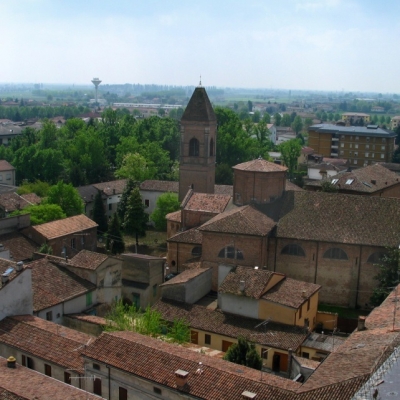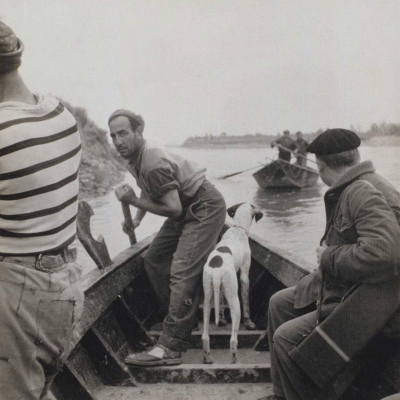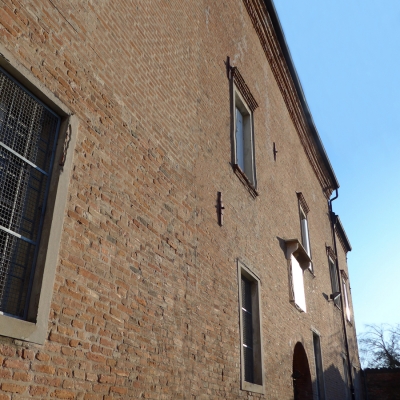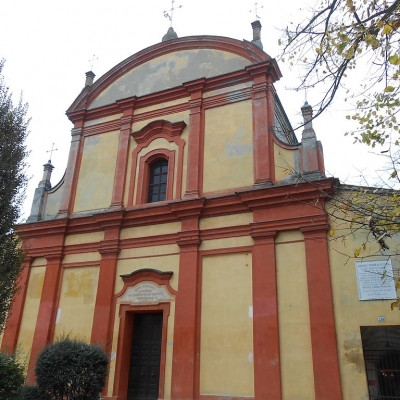National Museum of Arts Naïves Cesare Zavattini
It was founded in 1967, after the first edition of the Prize conceived by Cesare Zavattini - a famous writer, screenwriter and journalist from Luzzara - and located in the former Augustinian Convent (Church of the SS. Annunziata, in “località Villa Superiore”).
The preserved pieces - by various Italian and foreign authors - are about 500, thus representing a unique heritage dedicated to the Naive Art in Italy. The museum is managed by the “Fondazione un Paese” (“Un Paese” Foundation) - an institution established by the Municipality of Luzzara in 2002. In addition to the museum, there is an educational workshop and it is possible to admire graphic, photographic and bio-bibliographic works, testifying to the history of Naive Art in Italy, and photographic projects dedicated to Luzzara (“Un paese”, “Un paese vent’anni dopo”, “Luzzara. Cinquant’anni e più”) by Paul Strand, Gianni Berengo Gardin, Cesare Zavattini, … In the museum have been collected, ordered and exhibited all kinds of documents, testifying to the local, national and international Naive activity: paintings, drawings, sculptures, engravings, books, newspapers, magazines, films, photographs, catalogues, magnetic tapes and slides related to this 20th-century artistic production, in the spirit of the original and primitive genuineness of the artistic language.




